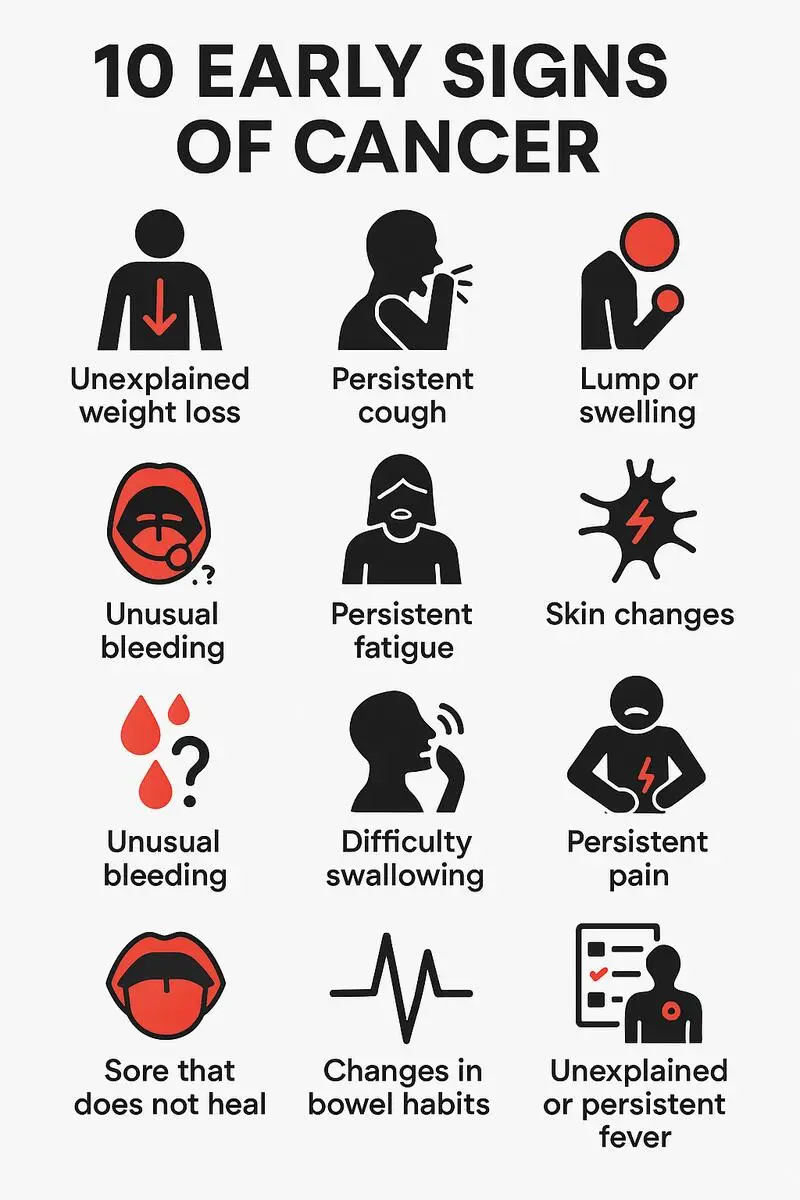- Published on: Jul 27, 2020
- 2 minute read
- By: Dr Rajan Choudhary
Cardiovascular Risk Factors Explained
To understand why we asked you these questions, we have provided a short explanation of how these risk factors increase the chance of you having heart disease. In many cases, these factors filter down to common pathways and can work together to increase the probability and damage of heart disease. Having one factor can also make it more likely to develop a second – overweight patients and those who do not exercise are more likely to develop insulin resistance and become diabetic.
High Blood Pressure:
High Blood pressure is one of the most important risk factors for your cardiovascular health. 54% of strokes and 47% of heart disease worldwide can be attributed to high blood pressure. Ideally this should be kept below 140/90 if you are aged 80 or younger.
High blood pressure can cause damage to the linings of your arteries. This can make it easier for them to become blocked with fat, preventing blood from flowing to important organs. In the heart, this causes pain when exerting yourself.
Smoking:
Smoking is very bad for your health. We cannot stress this enough. Cigarette smoke contains thousands of chemicals, hundreds of toxic ones, and 69 that directly cause cancer. There are no health benefits to smoking, and it increases the risk of high blood pressure, heart attacks, strokes, heart failure, renal damage, as well as lung cancer, mouth cancer, oesophageal cancer, laryngeal cancer, colorectal cancer and more. If there is cancer, smoking increases its risk.
Lipids:
A diet high in lipids and cholesterol can increase your risk of cardiovascular disease. High cholesterol can account for as much as 56% of all heart disease cases, and 18% of strokes. Cholesterol can accumulate in the walls of your arteries, causing them to narrow. This can limit blood flow to important organs, causing pain or stroke like symptoms. This process is called atherosclerosis (artery hardening).
If this plaque ruptures, then a large clot can form, which can completely block an artery. If this happens in the coronary arteries of the heart it can cause a heart attack. In the brain it will cause a stroke. In both cases if parts of the heart or brain die, your health can deteriorate significantly. It can even cause death.
Diabetes:
Diabetes occurs when the body does not respond as well to insulin. This can increase the level of blood sugars in your body. At least 68% of people over 65 years old with diabetes die from heart disease. 16% die of stroke. If you have diabetes you are two to four times more likely to die from heart disease.
High blood sugars cause damage to the heart and arteries in multiple ways. The sugars themselves cause damage to small arteries supplying your heart and eyes, as well as damage to the nerves and kidneys themselves. In the eyes this diabetic retinopathy can cause worsening vision, in the kidneys, it can affect filtration and cause diabetic nephropathy.
It also increases the risk of high cholesterol and atherosclerosis, as well as causing chronic inflammation in the arteries and increasing the likelihood of blood clotting.
Weight and exercise:
Being overweight or obese, or not exercising daily, can increase your risk of heart disease. The effects of obesity are deeper than just additional fat and appearances. It can cause deep-seated changes to your body’s metabolism, leading to a condition called metabolic syndrome.
Obesity can cause your blood cholesterol levels to rise, due to the high amount of fat in your diet and also deposited around your body. This can also increase insulin resistance and therefore lead to diabetes. Finally, a large amount of fat tissue needs more blood to supply it with oxygen. The heart needs to pump harder to meet this demand, putting it under strain, and it can cause your blood pressure to rise.
Exercise acts in the opposite way. It reduces the amount of cholesterol in your blood, reduces your risk of diabetes and can lower your blood pressure.
Family History:
If you have a family history of heart disease, you are unfortunately at a higher risk of having heart disease yourself. This does depend on whether it is a close family member who has been diagnosed, and the age they were diagnosed. The younger their diagnosis, the closer the family relation, the stronger the link.
This is because your genes can influence the likelihood of you developing some of the risk factors we have listed above. There is no single gene, it is usually a combination of genes, each one subtly increasing the risk until it has an effect on your health.
You cannot change your genes, but you can change the other modifiable risk factors we have discussed above.









